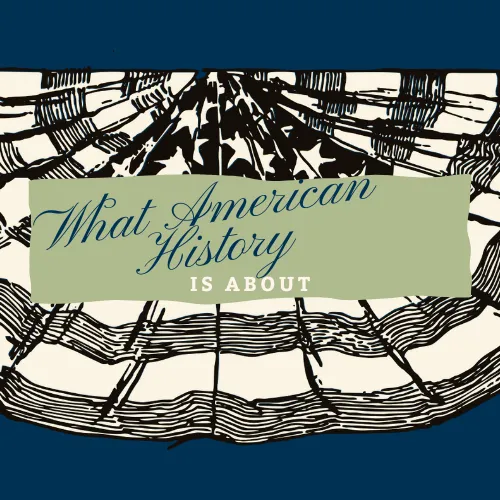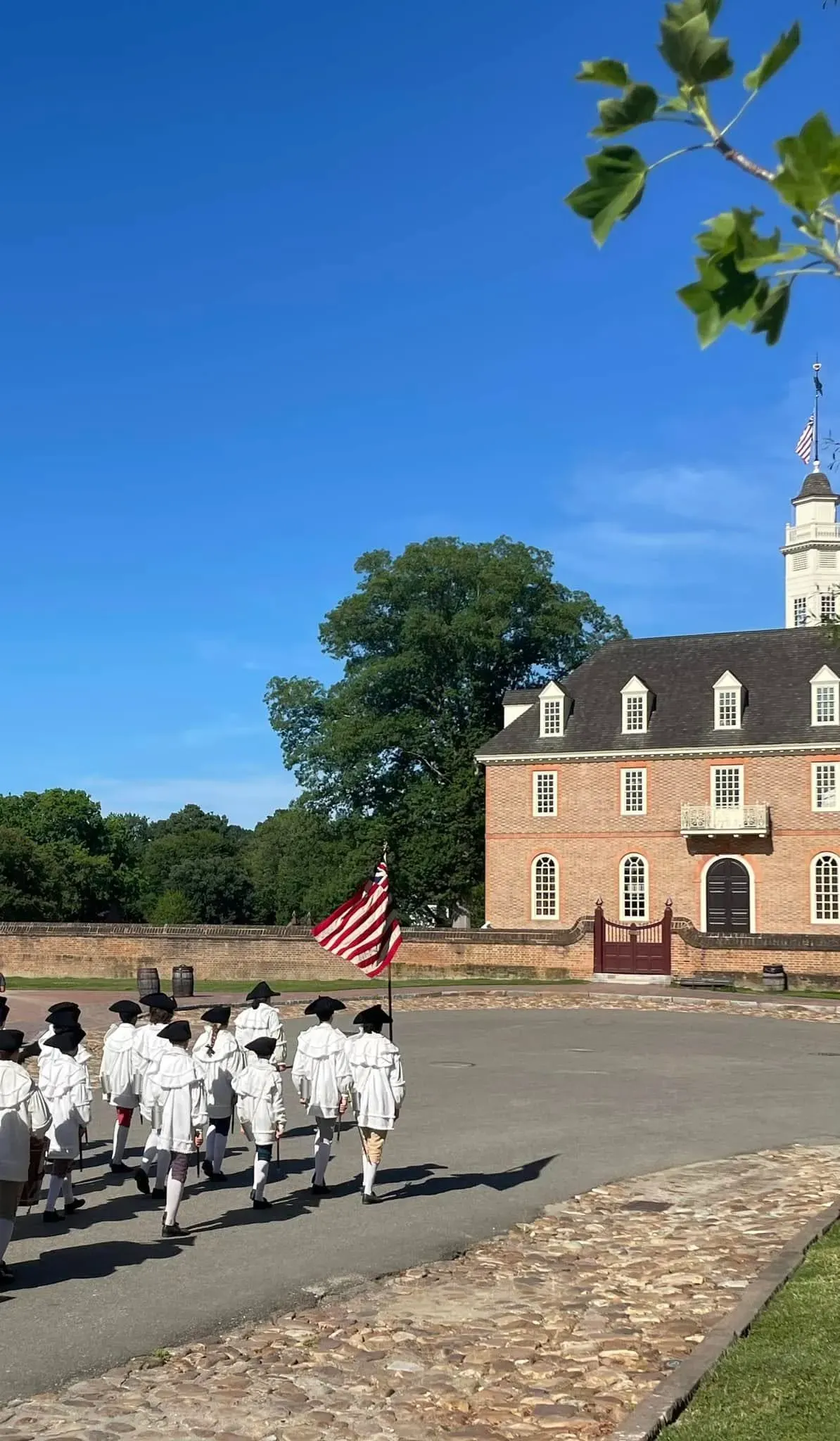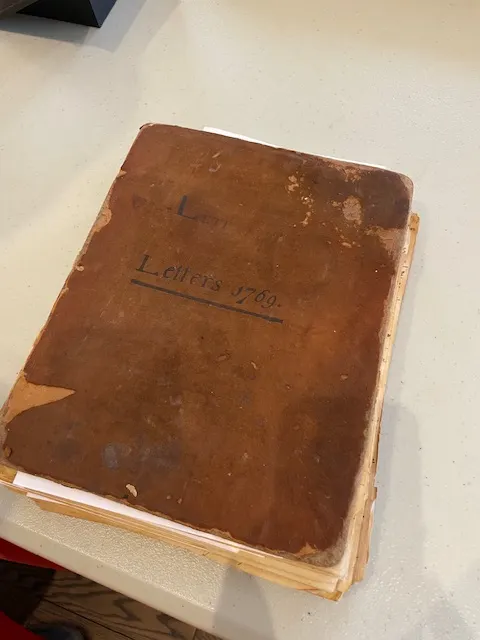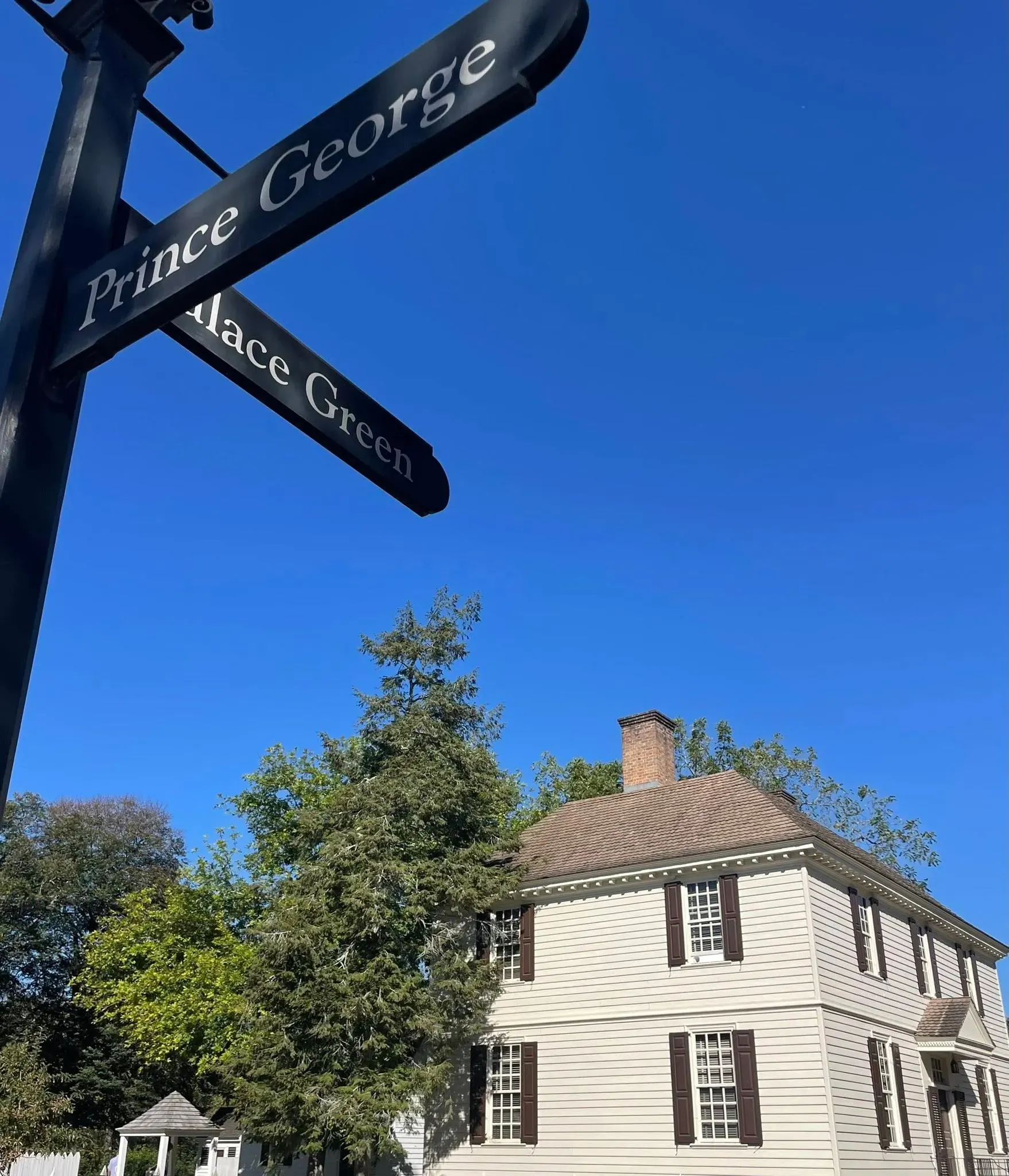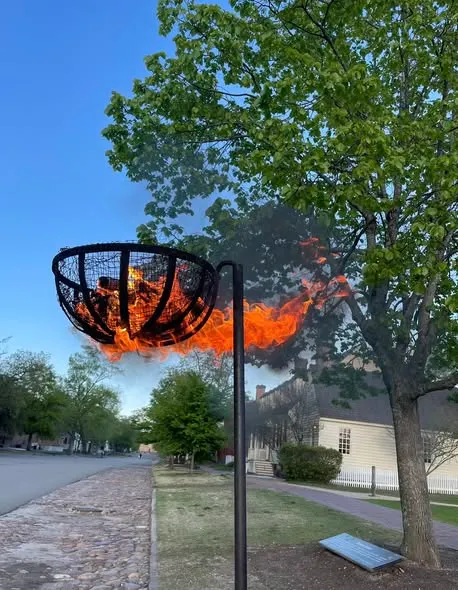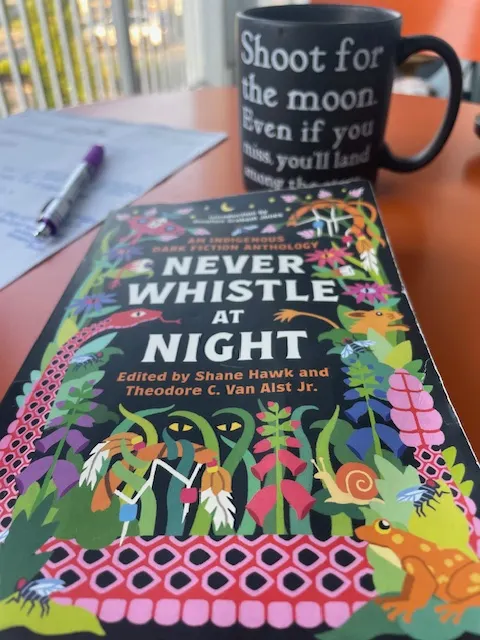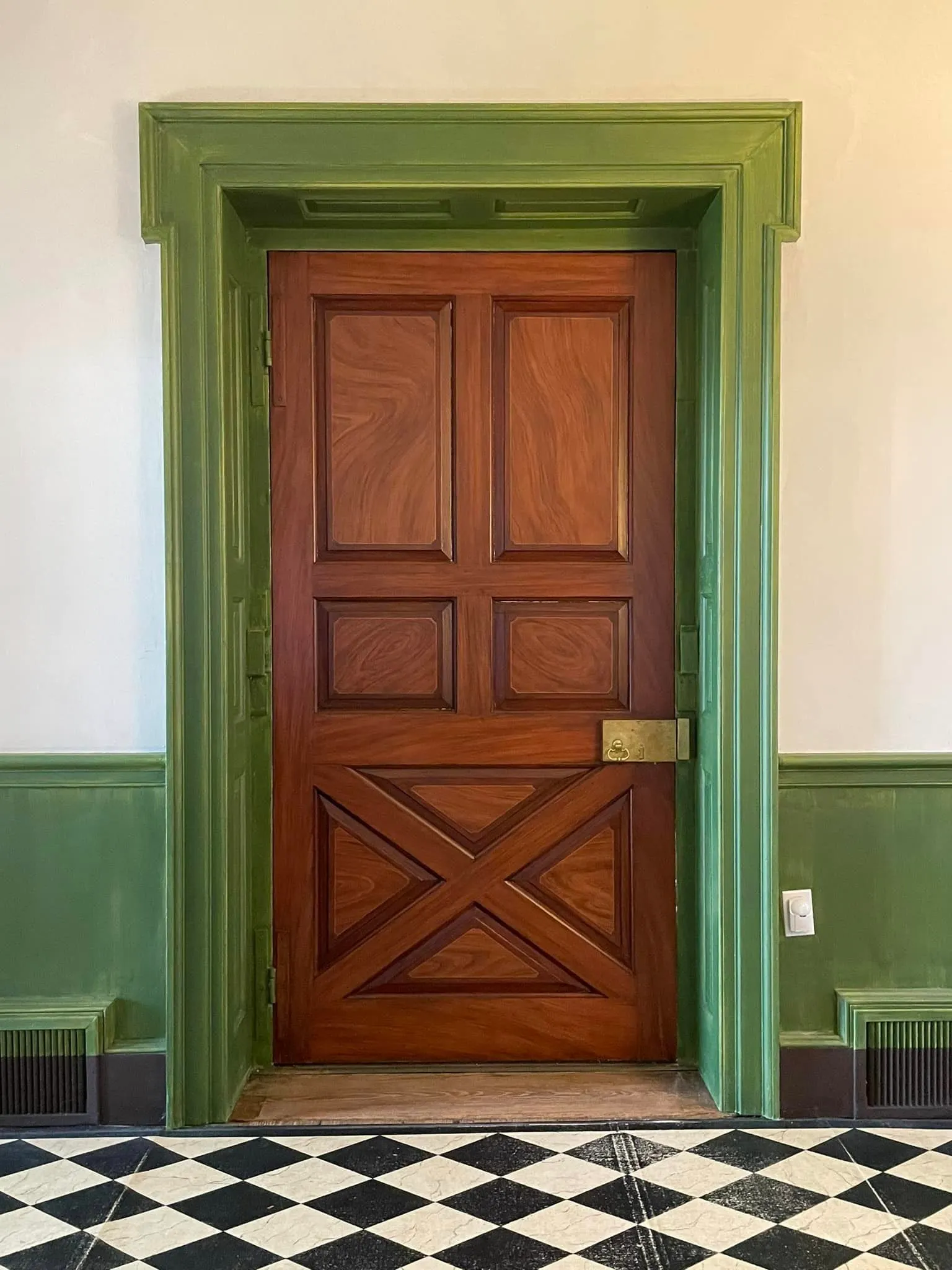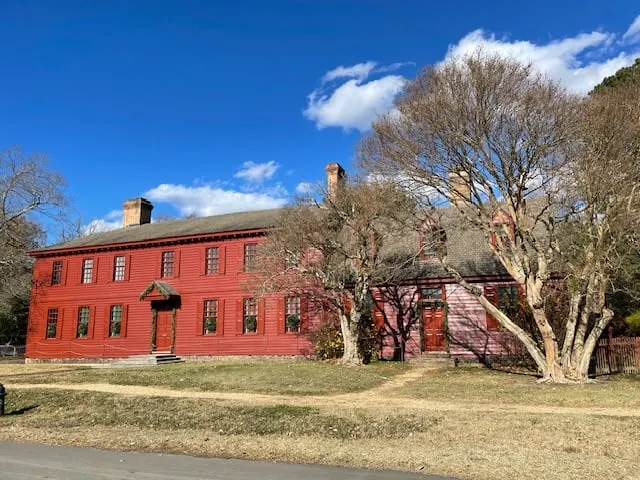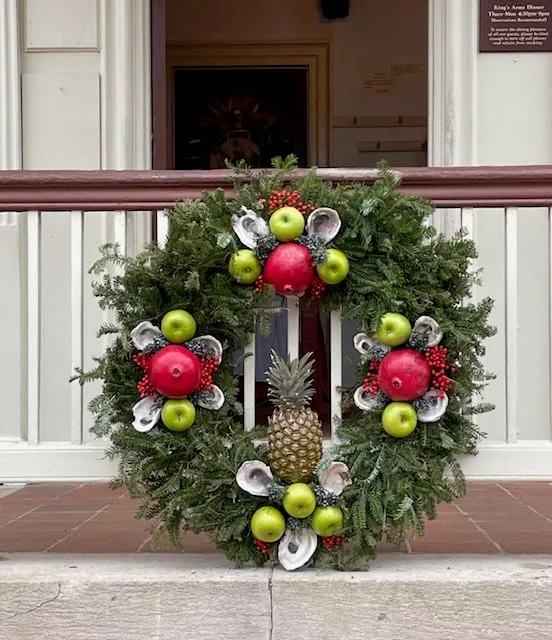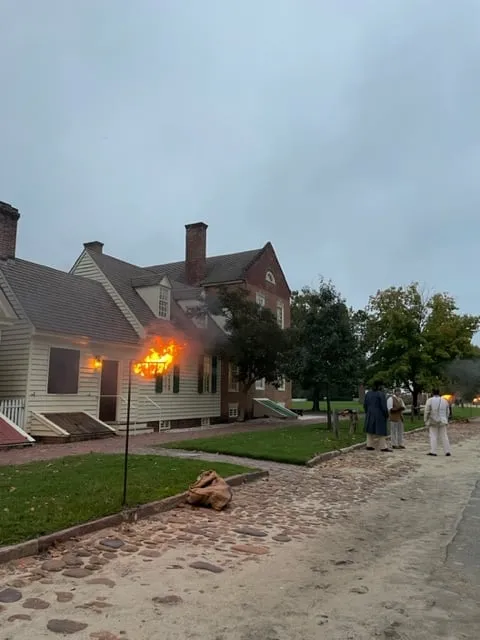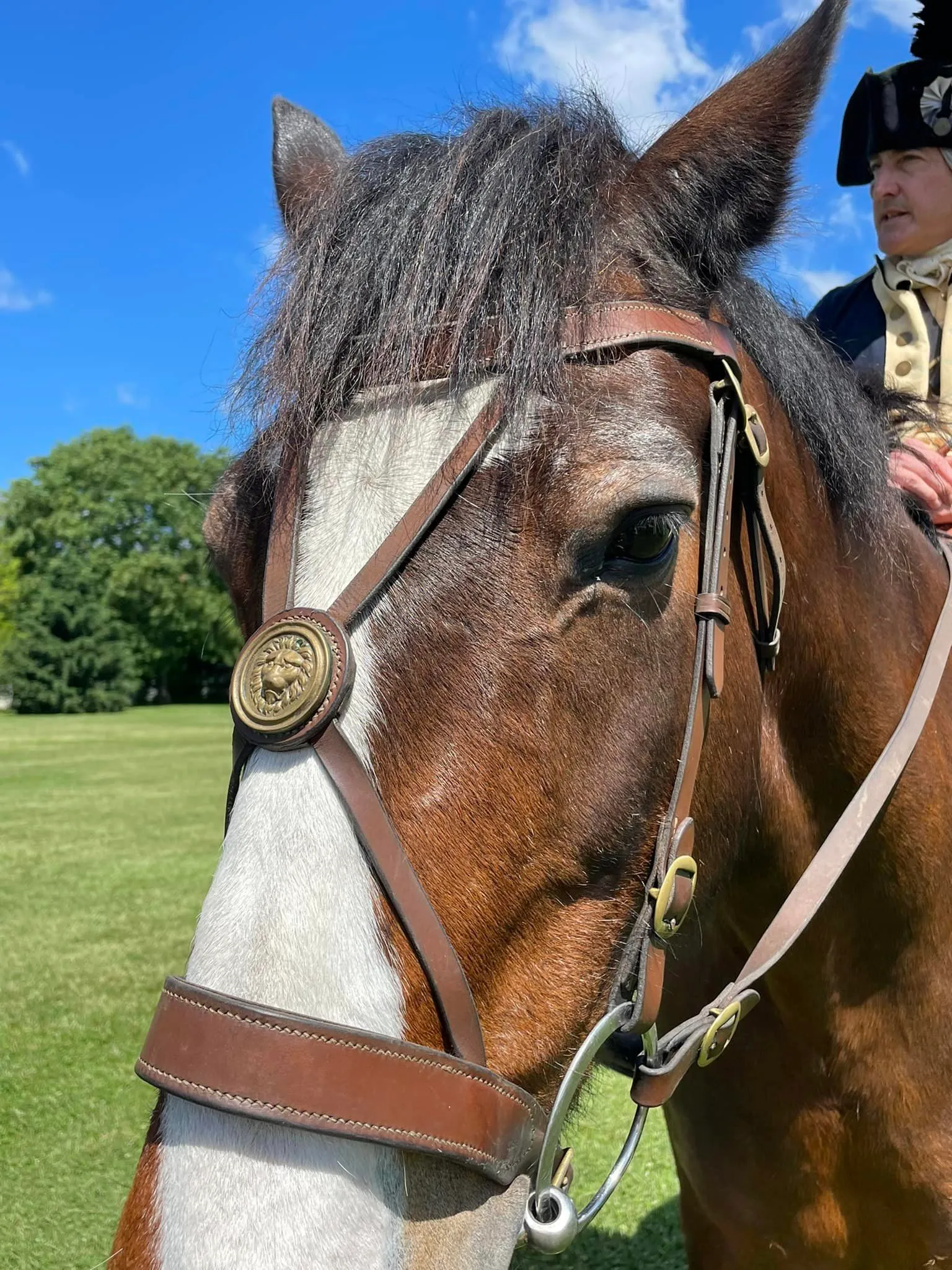Equine Lessons from the Courthouse Green: Insights on Horses in the American Revolutionary War
This week the Marquis de Lafayette has me thinking about horses.
To be honest, I am ALWAYS inspired when I go to Colonial Williamsburg (CW) to soak up some history. Yesterday was especially inspiring. The sky was blue, the sun was shining, and the Marquis de Lafayette, portrayed by actor and historian Mark Schneider was wowing a crowd of history lovers on his favored horse, Ajax.
Time well spent on the courthouse green in my opinion!
Once the questions started, I was pulled in and had to ask some of my own. First off, I love horses and second, I love history. So when the topic is something I know little about- horses and their role in the Revolutionary War, I'm taking notes!
While this is barely the tip of the iceberg so to speak, it's a few bits I thought worth noting.

Mark Schneider on Ajax, Courthouse Green, CW
Disclaimer: As a blogger, I use affiliate links sometimes! I may receive commission from purchases I share; it does not change your price but sometimes you might get a discount.
5 Lessons I learned today, courtesy of Mark Schneider, aka CW's Marquis de Lafayette.
1) The French brought everything but the horse.
The French support and alliance during the American Revolutionary War was a game-changer. Their supplies were as vital as the men who sacrificed to be part of our American cause.
In terms of horses specifically, from saddles to bits and bridles, the French brought or sent it all over. What they didn't bring? The military horses themselves. Since the attrition rate was high for bringing horses across the sea, it made more sense to use American horses.
2) Horses had to be sourced locally.
Point number 1 bring us to point number 2: if the French were using American horses, they needed to get them into their possession. And of course, Americans needed them too!
In the beginning of the war, you needed to actually have a horse if you wanted to be part of the any of the units utilizing them in fighting for the American cause. As Mark explained it to my amateur self, the cavalry is specifically a branch of the Army. During the Revolution there were types of cavalry: light dragoons, lancers and hussars.
One source for horses were horse agents; they were essentially the middle-man between horse owners and the military leaders who supplied to the soldiers.
3) Diderot's drawings are a resource.
I mentioned Diderot briefly in my primary sources post (click here to read it). His is a name that comes up often around CW, currently the largest living history museum in the world. Why? He created an encyclopedia that includes drawings and essential how-tos for our tradesmen, costume designers, and staff throughout CW to reference.
Included: those that outfit Ajax! His guide ensures that Ajax looks the part for an 18th century horse that the Marquis would've ridden. It also gives insight into overall "dressage" of military horses of the period. Learn more about Denis Diderot and his Encyclopedie by clicking here.
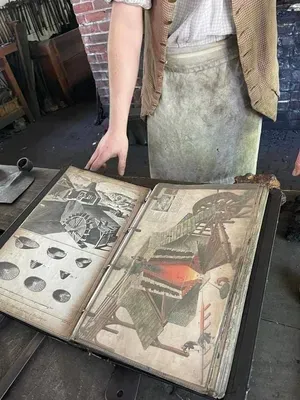
Blacksmith shop using Diderot drawing
4) Ajax was a favorite of the Marquis and he rode him in 1784.
Since Ajax was a favorite of the Marquis, he often rides "him" around Williamsburg. But why the name Ajax?
Like many things I've found in early American history, the name comes from Greek legend. Ajax the Great was the son of King Telamon, referenced in Homer's Iliad, and he was "colossal." His strength and stature are the focus of naming this horse. Perfect for a military horse, right? And one ridden by a Major General - one whose role in the Yorktown victory is legendary!
Really ready to dive in and read about Ajax the Great in the Iliad? I admit, it's a bit deeper dive into Greek mythology and history than I'm inclined to do at the moment, but if it's for you, click here.
5) The lion on Ajax' bridle has meaning.
Just like his name, the lion on Ajax' bridle here in CW has meaning. It represents Herculean strength in another nod to Greek legend. In Greek mythology, Hercules slayed the Nemean Lion.
This battle between Hercules and the Nemean Lion was epic in the story of Hercules and why wouldn't it be represented somehow in 18th century American history?
Read more about the Nemean Lion in this fantastic article from the History Cooperative here.
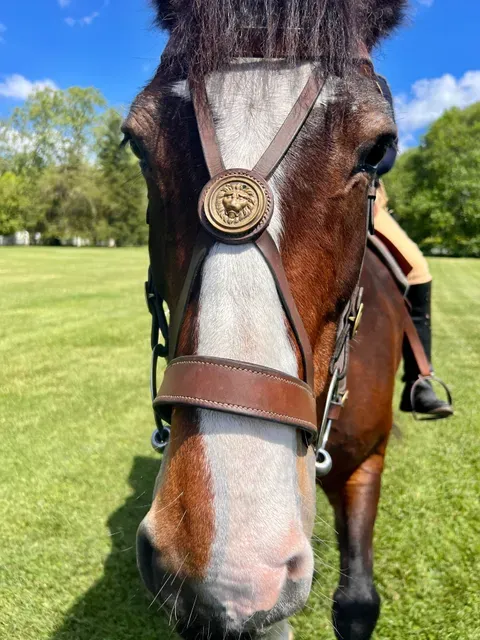
Ajax' bridle displaying lion.
More resources on horses: diving deeper into their role in American history.
1) This episode on American History Hit is fantastic. It dives into the immersion of horses into our culture. Native Americans, the "cowboys," and more. If you want to learn more about discoveries into the relationship between horses and American history it's for you! Click here to listen on Spotify.
2) George Washington was known to be a stellar horseman. During the Revolutionary War, he was often on either Nelson or Blueskin, a conversation I've had with actor historian Ron Carnegie who portrays General and President Washington in CW. The Mt. Vernon website has dedicated an article sharing a bit of history you might want to read if your a fan of horses, of Washington, or simply wanting to get some further perspective on 18th century history from a new source!
Click here to read the article, which includes citations allowing you to dig even deeper.
3) Want to read more about the value and use of military horses? Check out Louis A. DiMarco's book War Horse: A History of the Military Horse and Rider on Amazon by clicking here.
Want more on the American Revolution --- to share with the kids in your life? Click here to get it delivered to your door. (included- Washington's writings!)
Closing words from history.
I want to shout-out a thank you to Mark Schneider for his patience and answering some follow-up questions as I began work on this blog post. Any inaccuracies (please correct me!) are my misunderstanding, as his depth of knowledge is incomparable on the Marquis and on this topic!
So to close it out, I've found a bit of correspondence in a nod to the Marquis. One where he shares his gratitude to Washington for seeing to his horse. See excerpt below and click here to read the letter in full, with citations.
To George Washington from Major General Lafayette, 25–26 August 1778
From Major General Lafayette
Camp before Newport [R.I.]
25[–26] august 1778
My dear general
I had expected for answering to your first letter that Some thing interesting would have happened that I might Communicate to your Excellency—
(letter continues- read in full here)
I am much oblig’d to you for the Care you are so kind as to take of that poor horse of mine—had he not find such a good stable as this of head quarters he would have cut a pitiful figure at the end of his travels, and I would have been very happy if there had Remain’d so much of the horse as the bones, the skin, and the four schoes.
farewell, my dear general; when ever I quit you I meet with some disappointement and misfortune—I did not want it to desire seeing you as much as possible—with the most tender affection, and high Regard I have the honor to be your Excellency’s the most obedient humble Servant
the Mis de lafayette
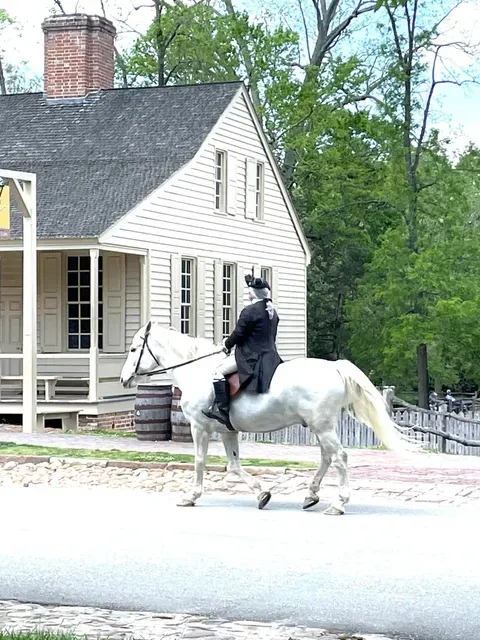
Ron Carnegie, portraying Washington in CW
Are you enjoying the blog? Tip me using my online tip jar!
There is a huge practical disclaimer to the content on this blog, which is my way of sharing my excitement and basically journaling online.
1) I am not a historian nor an expert. I will let you know I’m relaying the information as I understand and interpret it. The employees of Colonial Williamsburg base their presentations, work, and responses on historical documents and mainly primary sources.
2) I will update for accuracy as history is constant learning. If you have a question about accuracy, please ask me! I will get the answer from the best source I can find.
3) Photo credit to me, Daphne Reznik, for all photos in this post, unless otherwise credited! All photos are personal photos taken in public access locations or with specific permission.
